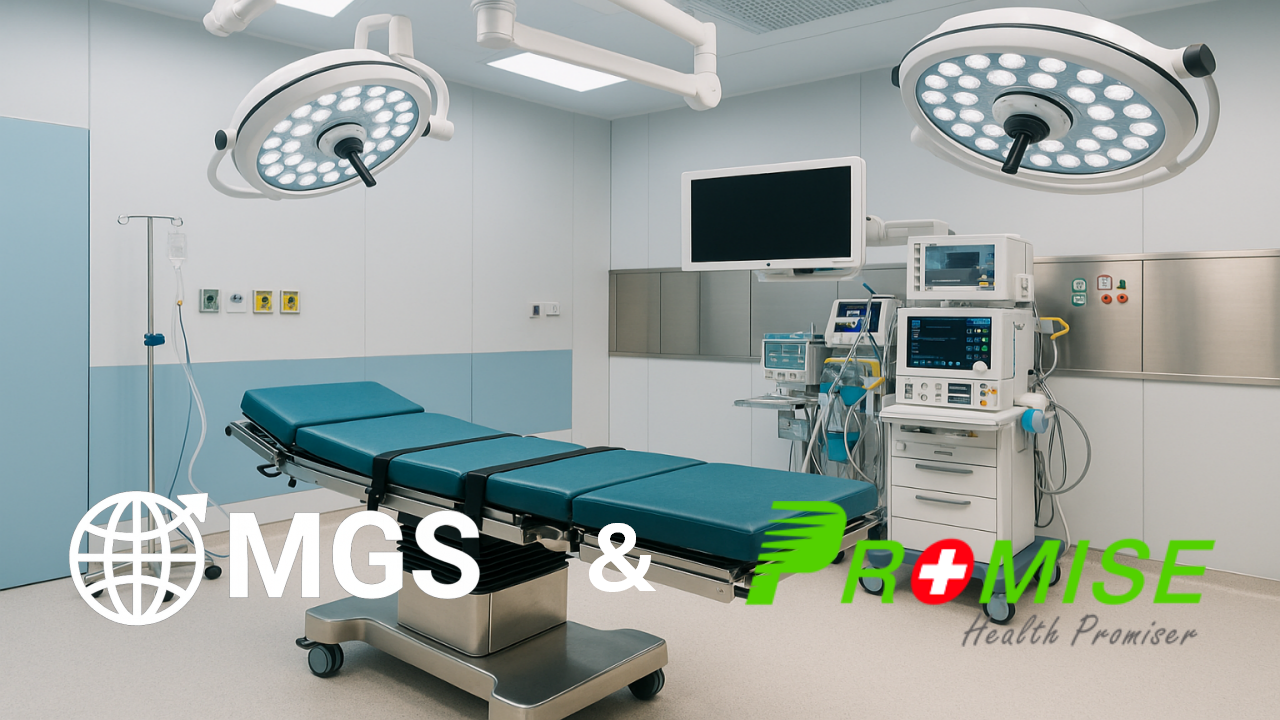- HOME
- INTRODUCTION Profile Milestone Team
- SERVICE Warranty RMA Policy Technical Support
- PRODUCTS Surgical Energy Platform Electrosurgical Unit Patient Monitor Medical Pump Electrocardiograph Handheld Pulse Oximeter Fetal Doppler Fingertip Pulse Oximeter Operation Room Veterinary Series
- NEWS Company News Exhibition News
- VIDEO
- CONTACT
- ----------
- Asian Medical Devices Enter Central America:Costa Rica Leads with One-Stop Model
- 2025-08-02 01:52:30

The global medical equipment market is undergoing a new wave of supply chain restructuring. The procurement systems once dominated by European and American brands are now opening up to Asian supply chains, driven by dual pressures of budget constraints and practical functionality. Particularly in Central American countries, where aging equipment urgently needs upgrading, Asian manufacturers—with their technological maturity, reasonable pricing, and modular flexibility—are rapidly becoming the focal point of attention for medical institutions.
As a market pioneer, Costa Rica completed the import and deployment of its first batch of “One-Stop Integrated Operating Room” equipment this May. This includes surgical shadowless lights, electrosurgical units, medical gas systems, modular walls, central control consoles, and high-definition imaging transmission systems. PROMISE, aiming to fully support the integrated OR solution, worked closely with the MGS team to deeply align system architecture and functionality, ensuring optimal synergy across the entire solution. These devices have now been installed and tested and are ready to be officially deployed in clinical environments.
This project was orchestrated by Asian manufacturers, with global medical equipment integration service provider M&Y Global Solution (MGS) responsible for end-to-end services, from technical introduction to on-site implementation, showcasing their cross-continental integration and precision delivery capabilities.
One Year of Preparation for a Cross-Border Project: MGS’s Full-Chain Integration Earns Recognition
Yogi Lü, Procurement Director of MGS Asia, noted that the project took an entire year from initial discussions to final equipment delivery. The process encompassed customs clearance, inspection, logistics, and on-site installation across multiple countries, far more complex than typical trade projects.
“Cross-continental delivery is not just about transportation; it is a comprehensive test of project management and supply chain coordination,” he emphasized. MGS successfully ensured on-time project completion by leveraging its deep understanding of Asian manufacturing resources and the Central American market environment.
He further pointed out that clients chose MGS precisely because of its ability to provide consistent and predictable high-standard execution from Asian production sites to on-site implementation in Central America. “For cross-border projects, trust is the core, and execution capability is the most critical guarantee of delivery.”
Demonstration Effect Takes Hold: Opportunities in Shared Operating Rooms and Specialized Equipment Emerge
Following the successful installation of the first batch of equipment in Costa Rica, subsequent procurement demands surged. Mike Kuo, Director of MGS Central America, revealed that local entities have already signed expanded cooperation letters of intent with MGS, planning to add more operating room equipment within the next year.
Additionally, due to many private clinics lacking their own surgical spaces, business models centered around shared operating rooms and equipment leasing are gradually taking shape, spawning new commercial application scenarios. Specialized fields like ENT and dentistry are also seeing equipment upgrade demands, including treatment chairs, endoscopy systems, and 8K ultra-high-definition imaging equipment for teaching and surgical applications.
Asian Equipment Moves Beyond Price: System Integration and Quality Validation Are Key
“The value of Asian equipment is no longer just about being cheap,” Yogi emphasized. Modular architecture, system compatibility, and ease of maintenance have become critical factors in product selection and customer decision-making. MGS pays special attention to integration among brands and practical on-site usability during product screening, working with clinical experts to ensure product quality.
In the post-pandemic era, Central America’s healthcare systems are accelerating their equipment renewal efforts. Industry estimates suggest that in the next two years, over 50 procurement projects for integrated and specialized medical equipment will emerge in Central America, covering regional hospitals, clinics, and teaching medical institutions. Under budget constraints, Asian devices that balance functionality with long-term stability are becoming the preferred choice for more institutions.
“Asian manufacturers understand that clients don’t just want price advantages; they need comprehensive solutions that are usable, durable, and backed by service guarantees,” Yogi stated. This product positioning and service model will be key to Asian devices earning market trust.
From single device sales to one-stop integrated solutions, Asian medical equipment is gradually reshaping the landscape of Central America’s medical supply chain. Amid the dual pressures of global medical resource reallocation and cost control, Central American healthcare institutions are seeking long-term partners that can deliver both quality and cost efficiency. Enterprises with Asian manufacturing advantages, cross-continental execution capabilities, and local service systems are steadily becoming indispensable forces in Central America’s healthcare upgrades.

